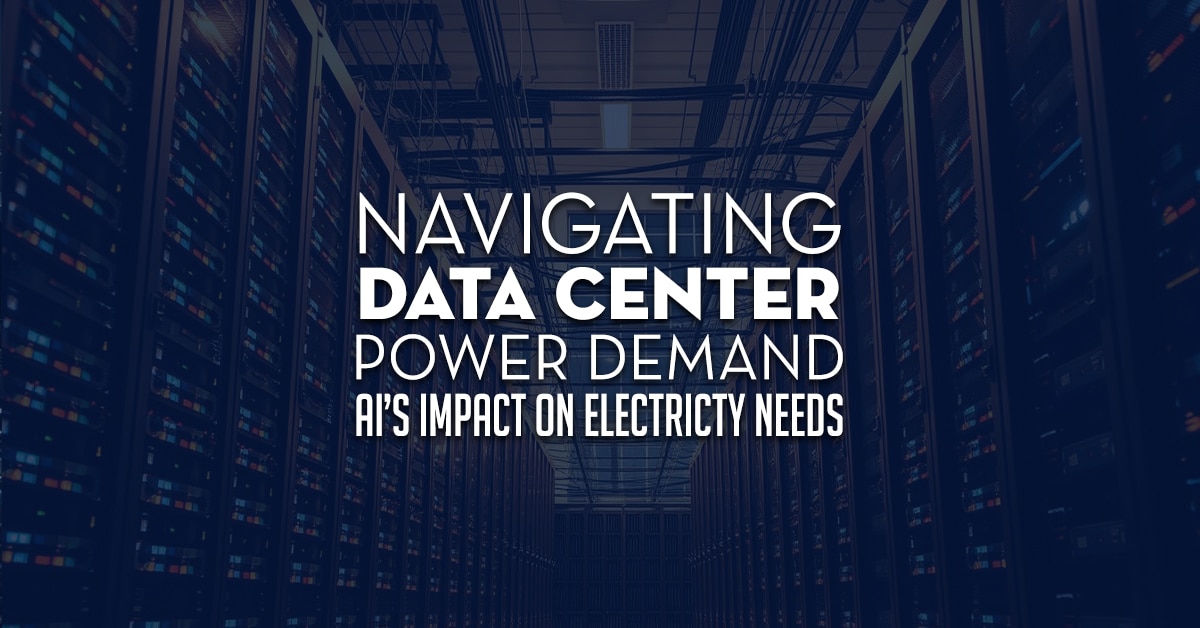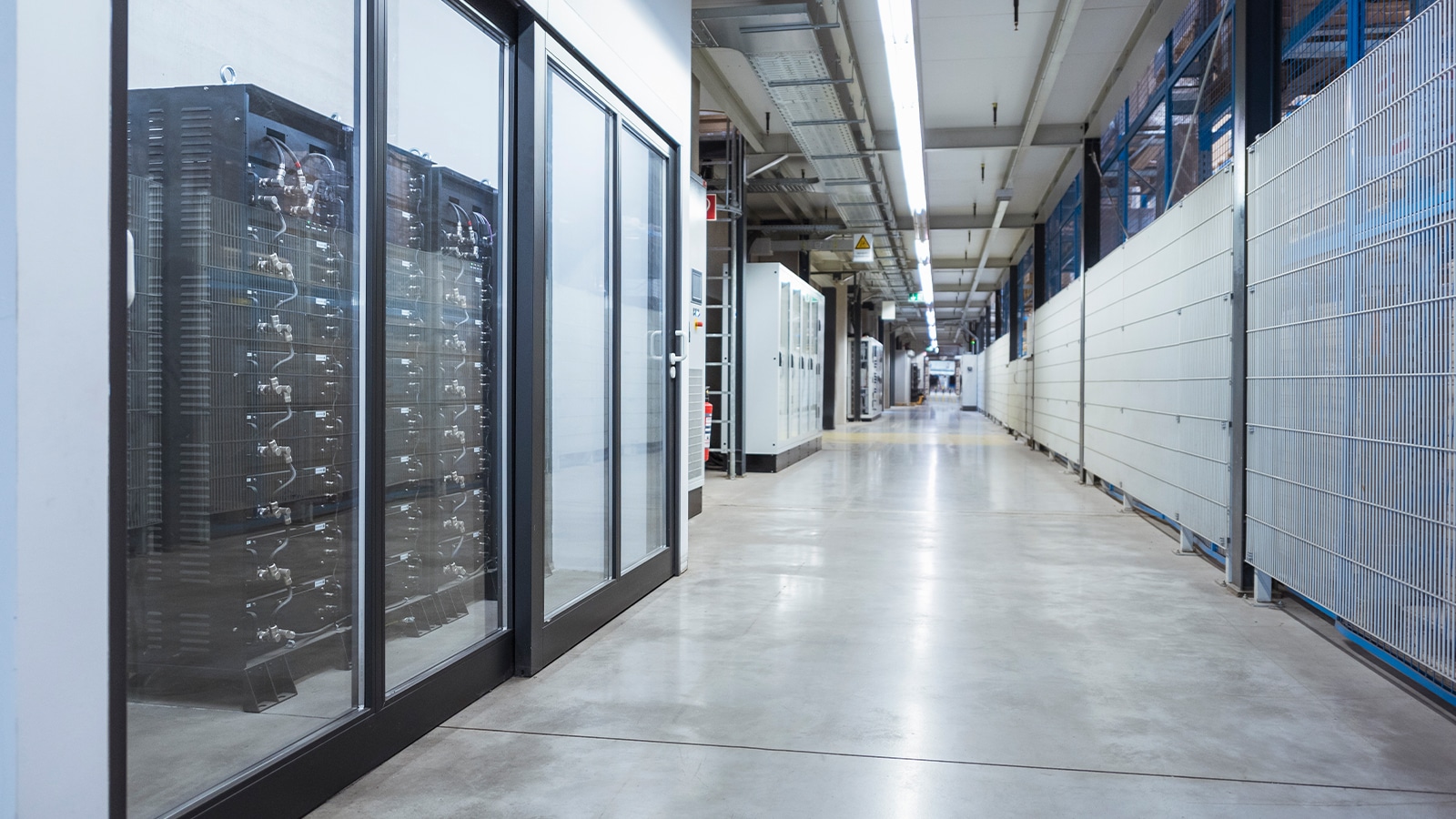Introduction
In today’s digital economy, data centers serve as the backbone of the whole system, powering essential online services, cloud computing, and artificial intelligence applications. These facilities house critical IT equipment and support data processing, storage, and & management tasks essential to modern business and personal activities.
With rapid growth driven by increased internet usage, AI, and advanced technologies, data centers consume significant amounts of electricity, leading to rising concerns about power generation, efficiency, and sustainability.
Estimates Recent estimates that data center electricity demand could rise significantly by 2030 highlight the critical need for effective power infrastructure.
Understanding how data centers consume power, why power generation is essential to their operations, and exploring sustainable solutions is crucial for IT professionals, data center managers, and sustainability advocates seeking to balance growing electricity demands with environmental considerations due to these data centers.
Understanding Data Centers and Their Power Infrastructure Needs
The data center market is expanding rapidly due to increased reliance on digital services, AI, cloud computing, and the rise of the Internet of Things (IoT). Data center expansion and the resulting increase in data significantly drive electricity demand growth the growth of electricity demand. The associated power infrastructure needed to meet data center demand has become a critical area of investment and innovation.
The Growing Data Center Electricity Demands
As businesses and consumers shift toward digital solutions, the demand for data storage and processing has skyrocketed.
Companies are increasingly migrating to cloud services, and AI applications require substantial computational power, further straining which further strains the existing infrastructure. The proliferation of smart devices, autonomous systems, and streaming services has pushed data centers to expand globally. With this growth comes an ever-increasing need for power, making energy efficiency and sustainability key priorities in the industry.
Many regions are experiencing a surge in data center construction, with large-scale facilities emerging in tech hubs like Silicon Valley, Northern Virginia, and Dublin, Ireland.
At the same time, newer markets in Asia and Latin America are witnessing rapid investments in data center infrastructure. Governments and private sector players are working to balance this growth with energy availability, pushing for green energy solutions to support expansion.
Types of Data Centers
Enterprise Data Centers
Enterprise data centers are built, owned, and operated by companies for internal operations. They typically support mission-critical systems and consume substantial electricity due to extensive data center infrastructure and cooling requirements.
These facilities often employ dedicated IT teams to manage operations, ensuring seamless business continuity. Large enterprises, such as financial institutions and healthcare providers, depend on these centers to maintain data security and regulatory compliance. Many businesses opt for colocation services to avoid the expense of building and maintaining their own data centers.
Colocation Data Centers
Colocation centers provide shared space where multiple data center owners and operators rent infrastructure. These facilities help companies reduce costs, but costs but collectively contribute to higher power usage degree of electricity demand due to their high-density server arrangements.
Many businesses opt for colocation services to avoid the expense of building and maintaining their own data centers. However, the shared nature of these facilities means they must accommodate diverse power and cooling needs, leading to increased electricity consumption.
Hyperscale Data Centers
Hyperscale data centers, often operated by large tech firms like Google, Amazon, and Microsoft, handle immense workloads and AI-driven processing. Their operations significantly increase data center load, often exceeding several GW of data center capacity electricity demand.
These facilities are optimized for high performance and scalability, allowing them to support cloud computing, machine learning, and large-scale analytics. To offset their energy impact, hyperscale providers invest heavily in renewable energy, innovative cooling technologies, and efficiency-driven infrastructure upgrades.
Edge Data Centers
Edge data centers are smaller, decentralized facilities located near end-users to support low-latency services like streaming, gaming, and IoT applications. Growth in this data center type contributes considerably to the spike in electricity demand. By processing data closer to the source, edge computing reduces latency and enhances real-time application performance.
This model is critical for industries like autonomous vehicles, smart cities, and remote healthcare, where immediate data processing is essential. While smaller than traditional data centers, the sheer number of edge facilities worldwide contributes significantly to global power consumption.
The Energy Challenge & Sustainable Solutions
With data centers accounting for a growing share of global electricity usage, sustainability has become a focal point. Operators are adopting energy-efficient designs, leveraging artificial intelligence for cooling optimization, and integrating renewable energy sources to mitigate their environmental impact. Companies are also exploring liquid cooling and heat reuse strategies to enhance efficiency.
Governments and industry leaders are working together to establish energy regulations and carbon reduction initiatives, ensuring data center growth does not come at the expense of sustainability. As the digital world expands, balancing power consumption with green innovation will define the future of data center infrastructure.

